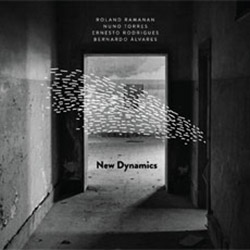
With members of IKB, Variable Geometry Orchestra, and LIO, the free improvising/chamber quartet of Ernesto Rodriguge (viola), Bernardo Alvares (bass), Roland Ramana (trumpet), and Nuno Torres (sax), were captured live at Estrela for an intense and introspective concert.
In Stock
Quantity in Basket: None
Log In to use our Wish List
Shipping Weight: 3.00 units
EU & UK Customers:
Discogs.com can handle your VAT payments
So please order through Discogs
Sample The Album:
Roland Ramanan-trumpet
Nuno Torres-alto saxophone
Ernesto Rodrigues-viola
Bernardo Alvares-doublebass
Click an artist name above to see in-stock items for that artist.
UPC: 5609063403626
Label: Creative Sources
Catalog ID: cs362
Squidco Product Code: 22067
Format: CD
Condition: New
Released: 2016
Country: Portugal
Packaging: Cardboard Gatefold
Recorded live at Estrela, in Lisbon, Portugal. on March 31st, 2016 by Carlos Santos.
"All that said, I've particularly enjoyed the recent improvised quartet album New Dynamics by Roland Ramanan, Nuno Torres, Ernesto Rodrigues, & Bernardo Álvares. An obvious point of comparison for this album is last year's Nor, considering that it shares two of the musicians & uses the same set of instruments. (Both albums also have three medium-length tracks.) Indeed, I had trouble finding precedents for these two-wind & two-string quartets, although one wouldn't say that such an ensemble seems radical. It would be equally wrong to say that the instrumental constitution creates a certain mood, as well, since the moods are rather different on these albums. There is, however, as one might imagine, a distinct "chamber" quality, even if extended technique is common.
So whereas Nor includes Berlin improvisers Axel Dörner & Alexander Frangenheim, New Dynamics instead includes Roland Ramanan & Bernardo Álvares. (It would be wrong to call them substitutes. It is, dare I say it, a new dynamic.) Álvares was totally unknown to me, and I didn't find any substantial information about him online; I assume that he is Portuguese. I did have some familiarity with Ramanan, a longtime member of the London Improvisers Orchestra, from his album Zubeneschamali, released on Leo Records (about which some similar things could be said, especially that Leo releases many appealing albums) in 2014, with Tom Jackson & Daniel Thompson from the trio on Hunt at the Brook. I thought that Ramanan's trumpet kind of dominated that album, which along with e.g. Compost by another related ensemble, explores the acoustic space of a church:
There is a sense of finding separate spaces for the members of the trio that also informs the quartet on New Dynamics, even if its space isn't contextualized by architecture per se. (How such a notion relates to the fake "spray" amid empty/monolithic architecture on the cover graphic, I don't know, but it does seem vaguely related.) Individual instruments are generally more discernible than on many albums on which Rodrigues participates, and so one might speak more of counterpoint on New Dynamics than of notions such as the soundscape. There is also a more concrete sense of presence & projection than on Nor, which focuses more on immanent emergence: Indeed, the latter, perhaps in keeping with its partial Berlin roots, has almost an ascetic or severe quality (one might even say Nietzschean), including some higher pitches & harmonics, more percussive attacks, etc. (The trumpet "calls," in the sense used in the discussion of Neutral Nation in this space earlier this month, remain immanent to an emerging landscape, rather than actually emerging or transcending.)
New Dynamics thus comes off as more human (dialogic, even) & worldly than environmental, and one might ask what new sorts of dynamics emerge. Different instruments suggest their own different temporalities: By this, I mean generally speaking that the way one interacts with a particular instrument, the way it interfaces with the body, the way it resonates, has a particular temporality or time-scale. One can play slower or faster, but within limits, and there are temporal regions that "fit" the instrument better than others.
One could further say that these sorts of relations are often explored in soundscape-type ensembles, but without necessarily seeking a common temporality by which to articulate a counterpoint. (In other words, there must be some temporal relation or correspondence in order to have counterpoint.) New Dynamics does this in a rather human way, including dodecaphony, while still respecting the differing temporal dynamics of the instruments - which, helpfully, are not all that different in the first place. (In this seeming "human" emphasis, then, it differs from e.g. Sediment, a quartet album that otherwise maintains a similarly resolute acoustic stance & pace of interaction.)
So a new language of improvised, contrapuntal quartet interaction? That's compelling. (And just how contingent was my hearing of this album in the first place? I cannot really say.)"-Todd McComb, Medieval.org
Get additional information at Medieval.org
Artist Biographies
• Show Bio for Roland Ramanan "Roland Ramanan is a UK improvising trumpeter, known for London Improvisers Orchestra, Roland Ramanan Tentet, Vole." ^ Hide Bio for Roland Ramanan • Show Bio for Nuno Torres "Studied alto saxophone within a jazz tradition spectrum. His continuous solo experimental research explores a wide scope of sound material through the use of the extended technics. Participates in several ensembles of improvisational music, electro acoustics and reductionism. Collaborates with musicians such as, Ernesto Rodrigues, Ricardo Jacinto, Sei Miguel, Fala Mariam, João Castro Pinto, Rafael Toral, Manuel Mota, David Stackenäs, Travassos, Paulo Raposo, Carlos Santos, Shiori Usui, C. Spencer Yeh, Cyril Bondi and d'incise, and developed projects as CACTO and PinkDraft, In the recent years has been also collaborating in several different projects at the intersection of the performative areas of dance, theatre and the visual arts (PARQUE, Les Voisins, Eye Height, Adriana Sá, Beatriz Cantinho). Participates and curates experimental and community radio initiatives." ^ Hide Bio for Nuno Torres • Show Bio for Ernesto Rodrigues "He has been playing the violin for 30 years and in that time has played all genres of music ranging from contemporary music to free jazz and improvised music, live and in the studio. His main interest shifted towards contemporary improvised and composed music. The relationship with his instruments is focused in sonic and textural elements. Electronic music was an early influence on his approach to violin playing, which challenges traditional romantic concepts of the violin/viola through use of preparations and micro tuning. Active in different settings on the Portuguese scene for free improvised music, both as a collaborator and in leading his own groups. Music for Dance, Cinema, Video and Performance. Has created the record label Creative Sources Recordings in 1999, which mainly concentrates on releasing experimental and electro-acoustic music." ^ Hide Bio for Ernesto Rodrigues • Show Bio for Bernardo Alvares "My name is Bernardo Alvares, I was born in 1989 and I live in Lisboa. I originally came to Lisboa to study. First I took an BSc in African Studies in FLUL (University of Lisbon) while studying jazz doublebass in Hot Clube de Lisboa. Soon I grew tired of conventional jazz and became part of the free improvisation movement. Later I continued my studies with an MSc in Urban Studies in ISCTE-IUL (Lisbon University Institute) and FCSH-UNL (New University of Lisbon) and wrote a master thesis about the relations between precariousness and counterculture in the contemporary city. As a musician I've been developing mostly doublebass and electric bass in languages such as free improvisation, free jazz, rock, noise, drone and hip-hop. I have allready worked with musicians such as Alan Courtis, Carla Bozulich, Helena Espvall, Paulo Raposo, Ernesto Rodrigues, Maresuke Okamoto, McCloud Zicmuse, Roland Ramanan, Mário Babrem, LBC Soldjah, Hezbó MC or Ondness. My most consistent musical projects includes Zarabatana, Alforjs and Luís Severo but I was also been a part of the doublebasses drone duo ABBA, the free-punk band dUASsEMIcOLCHEIASiNVERTIDAS, the Cornelius Cardew inspired anarchist ensemble Tratado de Cardew, the free-improv trio Chaparreiro/Álvares/Morão, the spokenword band Tapete, the William Burroughs inspired noisy duo S for Seward and several other ad-hoc formations. I've also worked with other artists such as Flora Detraz and Elizabete Francisca (dance/performance), Stéphane Blumi (video), Nacho Durán (multimedia), Paula Alonso (actress), Manuel Badás (dancer), Yaw Tembe (plastic arts), or Cristina Delius (tapdancing). I've also made sound instalations for the exhibitions "Partida, Largada, Fugida" from Mariana Marques and "Zones d'habilité" from Aude Barrio and Barbara Meuli. I've gave workshops of improvised music in Portugal, in CACAU (São Tomé, São Tomé e Príncipe) and Paraiso LC (Oviedo, Spain). I've been working with Alan Courtis on a music project with Out.Ra and Associação Nós, an association in Barreiro, Portugal, for the inclusion of people with mental diversity. This group debuted live in March 2016 and continued in 2017, although we're looking for a way to fund it. I curated Leitmotiv, which was a music and publications monthly cycle where musicians interpret graphic scores made purposely for this cycle hosted by Zaratan Gallery. Music related, I'm also a DJ, a producer and occasional sound technician. I've also made regular music critics to jazz.pt magazine between 2013 and 2015 and was part of the associations Pantalassa and Associação Terapêutica do Ruído." ^ Hide Bio for Bernardo Alvares
7/9/2025
Have a better biography or biography source? Please Contact Us so that we can update this biography.
7/9/2025
Have a better biography or biography source? Please Contact Us so that we can update this biography.
7/9/2025
Have a better biography or biography source? Please Contact Us so that we can update this biography.
7/9/2025
Have a better biography or biography source? Please Contact Us so that we can update this biography.
Track Listing:
1. I 22:46
2. II 13:01
3. III 12:16
Improvised Music
Jazz
Free Improvisation
European Improvisation and Experimental Forms
Creative Sources
Quartet Recordings
Staff Picks & Recommended Items
Search for other titles on the label:
Creative Sources.


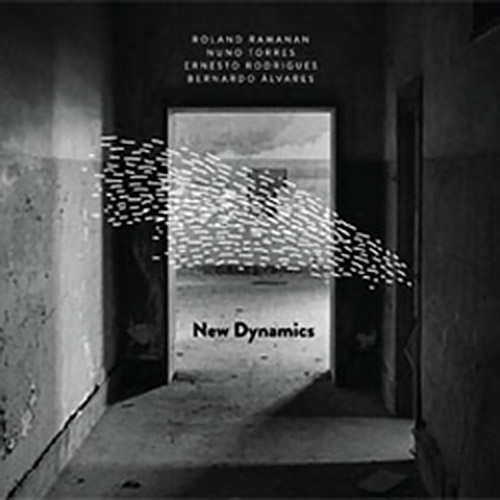
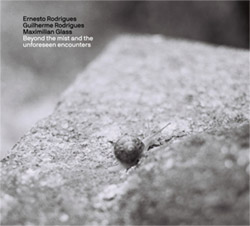
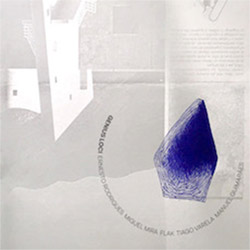
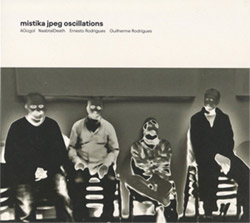
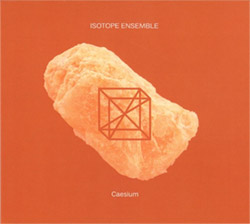
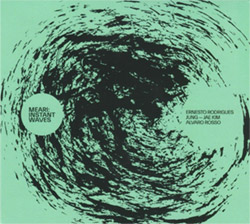
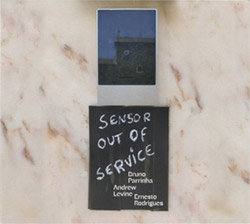
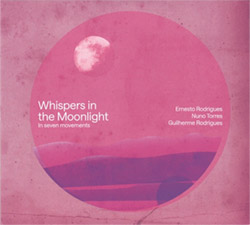
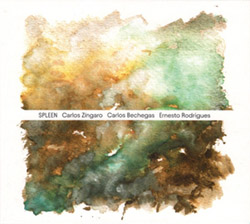
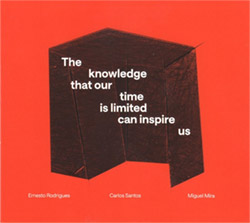
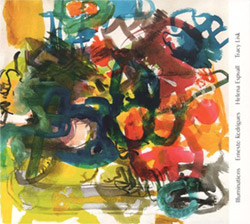
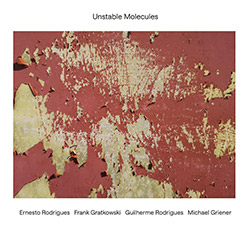
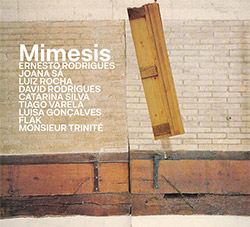
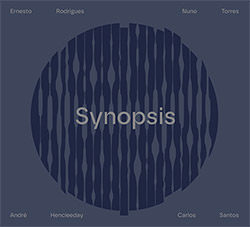
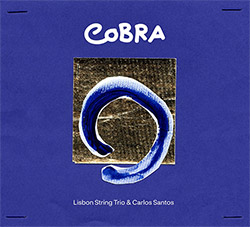
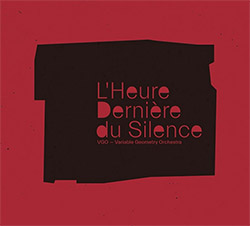
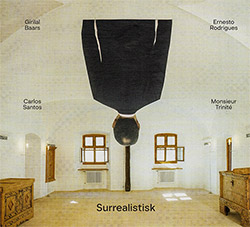
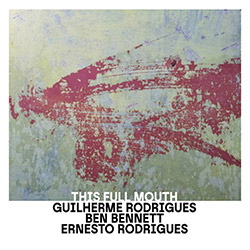
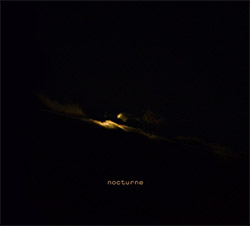
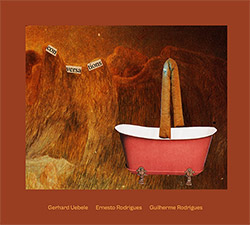
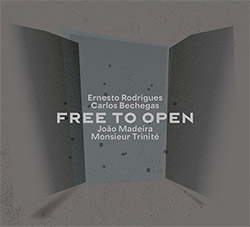
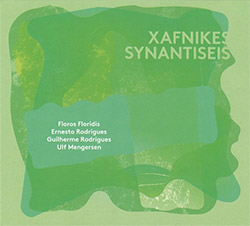
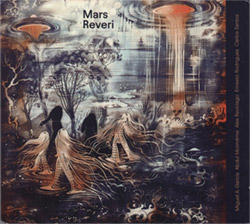
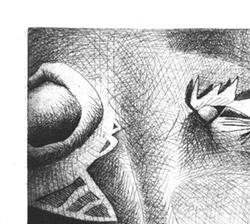
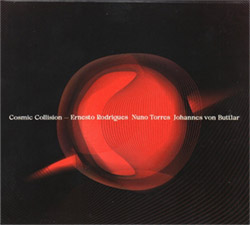
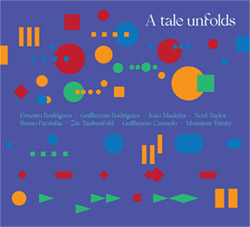
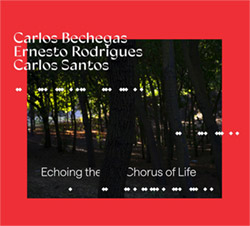


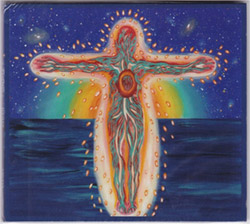
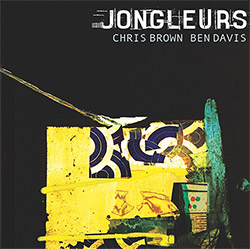
![BlueRing Improvisers: Materia [2 CDs]](https://www.teuthida.com/productImages/misc4/36513.jpg)
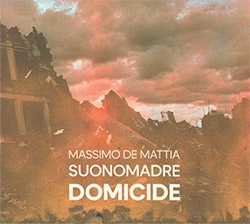
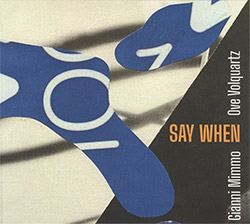
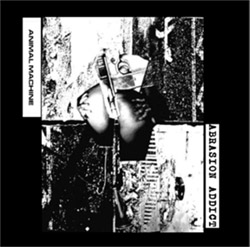
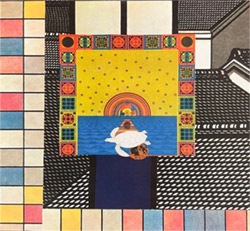
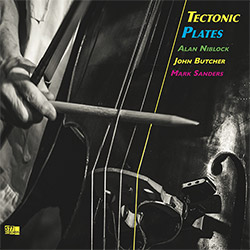
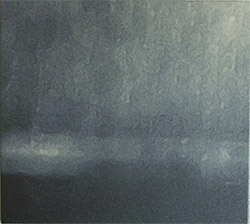

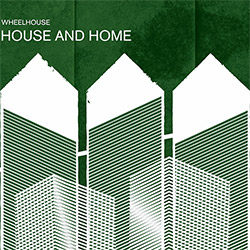
![Wheelhouse (Rempis / Adasiewicz / McBride): House And Home [VINYL]](https://www.teuthida.com/productImages/misc4/36462.jpg)
![+DOG+: The Light Of Our Lives [2 CDs]](https://www.teuthida.com/productImages/misc4/36009.jpg)

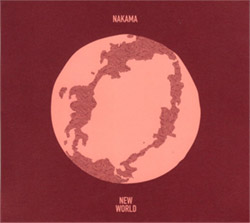
![Parker, Evan / Jean-Marc Foussat: Insolence [VINYL]](https://www.teuthida.com/productImages/misc4/36398.jpg)
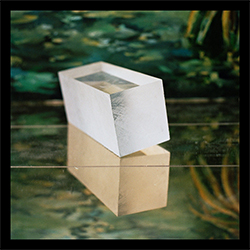
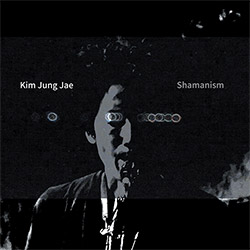
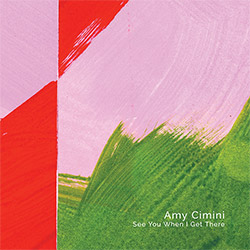
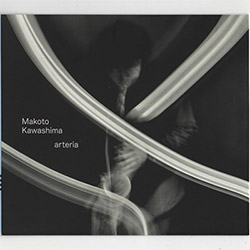
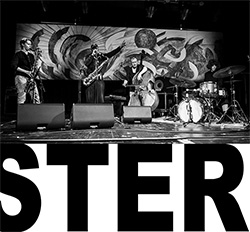
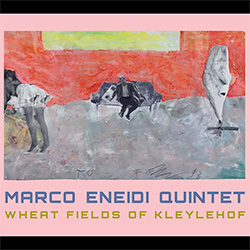
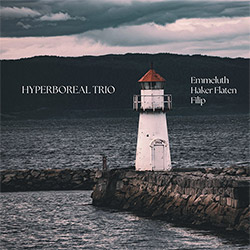
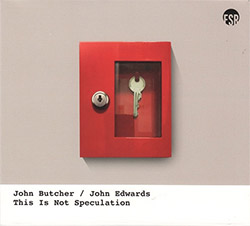
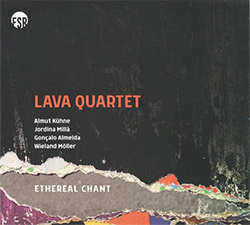
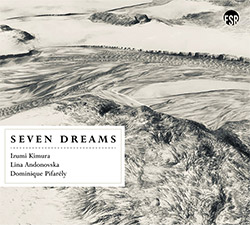
![Deupree, Jerome / Sylvie Courvoisier / Lester St. Louis / Joe Morris: Canyon [2 CDs]](https://www.teuthida.com/productImages/misc4/36404.jpg)
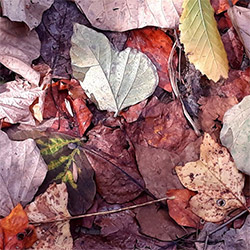
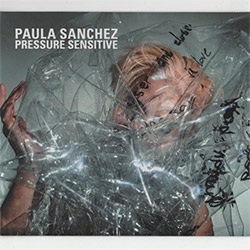
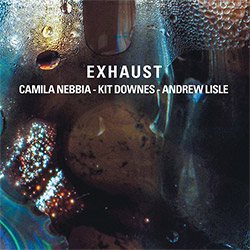
![Eventless Plot | Haarvol: The Subliminal Paths [CASSETTE + DOWNLOAD]](https://www.teuthida.com/productImages/misc4/36232.jpg)
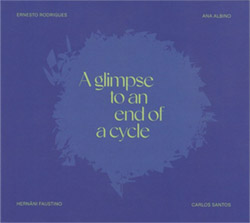
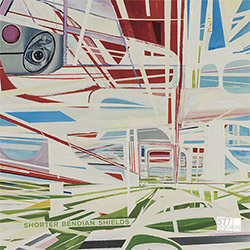
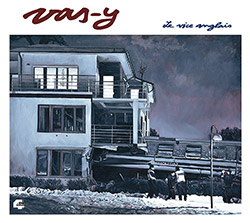



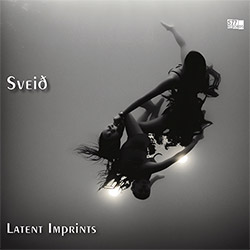
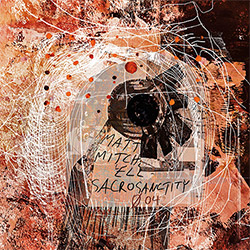
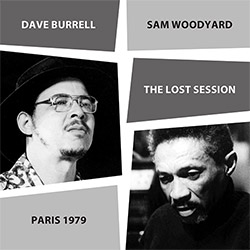
![Eventless Plot | Francesco Covarino: Methexis [CASSETTE + DOWNLOAD]](https://www.teuthida.com/productImages/misc4/36231.jpg)
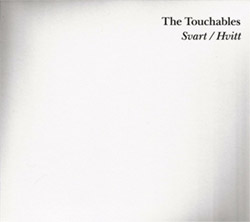
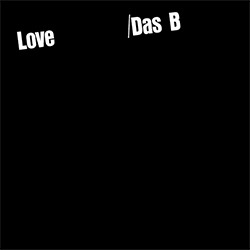
![Das B (Mazen Kerbaj / Mike Majkowski / Magda Mayas / Tony Buck): Love [VINYL]](https://www.teuthida.com/productImages/misc4/36329.jpg)
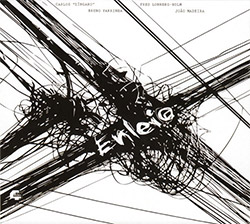
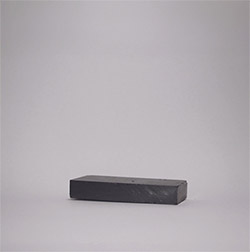
![Eternities: Rides Again [CASSETTE]](https://www.teuthida.com/productImages/misc4/36247.jpg)
![Lopez, Francisco: Untitled (2021-2022) [2 CDs]](https://www.teuthida.com/productImages/misc4/36438.jpg)
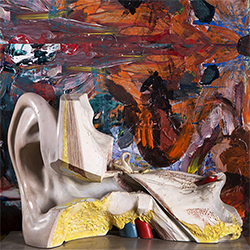
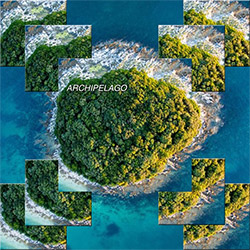
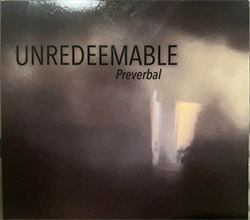
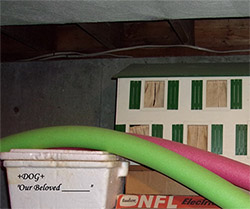
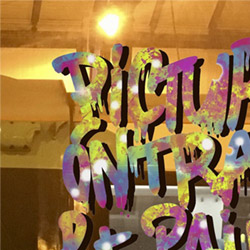
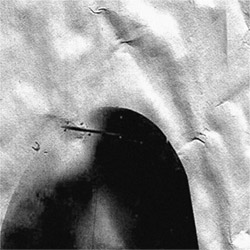
![Money : Money 2 [2 CDs]](https://www.teuthida.com/productImages/misc4/35894.jpg)
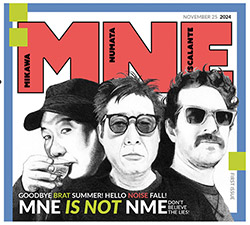
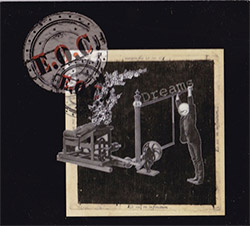
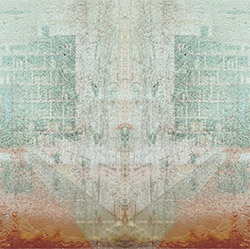
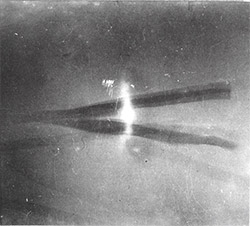
![Klinga, Erik: Elusive Shimmer [VINYL]](https://www.teuthida.com/productImages/misc4/36258.jpg)
![CHANGES TO blind (Phil Zampino): Volume 9 - I Wave on a Fine Vile Mist [CD + DOWNLOAD]](https://www.teuthida.com/productImages/misc4/36061.jpg)

![Wallmart / Rubbish: Asset Protection [split CD]](https://www.teuthida.com/productImages/misc4/35900.jpg)
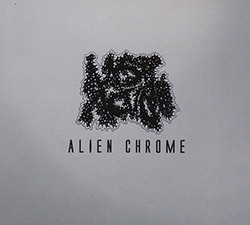
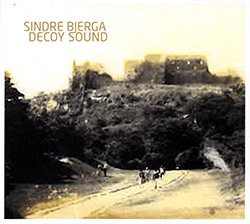
![+Dog+: The Family Music Book Vol. 5 [2 CDs]](https://www.teuthida.com/productImages/misc4/35897.jpg)
![Kuvveti, Deli : Kuslar Soyledi [CASSETTE w/ DOWNLOAD]](https://www.teuthida.com/productImages/misc4/36107.jpg)
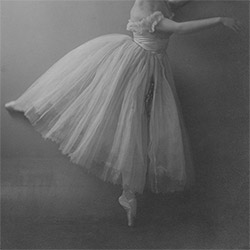
![Brown, Dan / Dan Reynolds: Live At The Grange Hall [unauthorized][CASSETTE]](https://www.teuthida.com/productImages/misc4/36245.jpg)
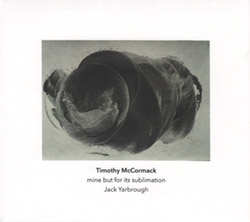

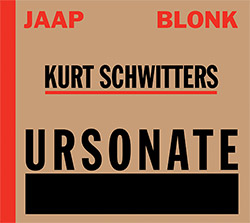
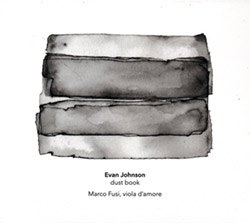
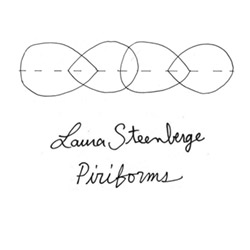
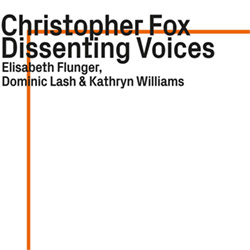
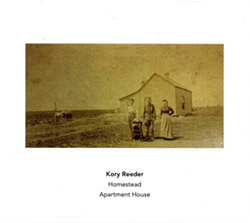
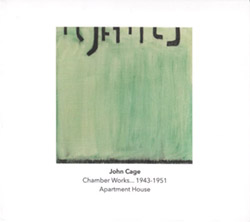
![Palestine, Charlemagne / Seppe Gebruers: Beyondddddd The Notessssss [VINYL]](https://www.teuthida.com/productImages/misc4/36206.jpg)
![Palestine, Charlemagne / Seppe Gebruers: Beyondddddd The Notessssss [NEON GREEN VINYL]](https://www.teuthida.com/productImages/misc4/36207.jpg)
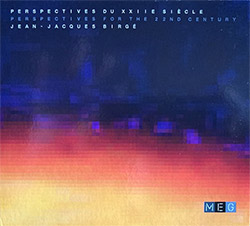
![Laubrock, Ingrid: Purposing The Air [2 CDs]](https://www.teuthida.com/productImages/misc4/35639.jpg)
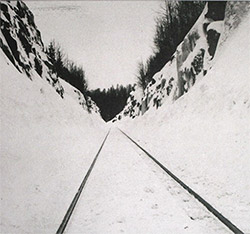
![Yoko, Ono / The Great Learning Orchestra: Selected Recordings From Grapefruit [2 CDs]](https://www.teuthida.com/productImages/misc4/35841.jpg)
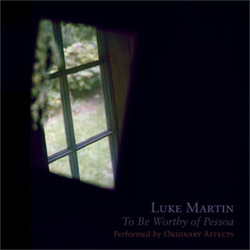
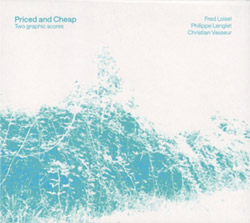
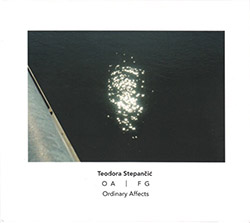
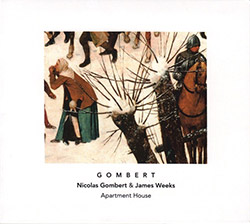

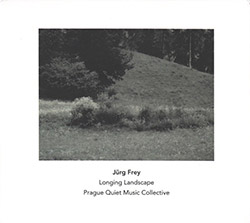


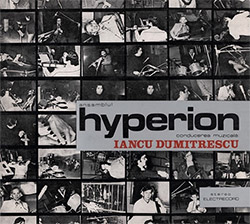
![Zorn, John / JACK Quartet: The Complete String Quartets [2 CDs]](https://www.teuthida.com/productImages/misc4/35609.jpg)

![Lonsdale, Eden: Dawnings [2 CDs]](https://www.teuthida.com/productImages/misc4/35480.jpg)
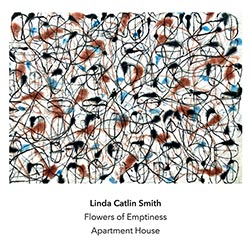
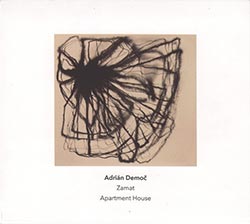
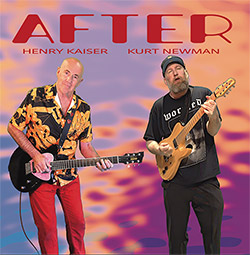
![Sorry For Laughing (G. Whitlow / M. Bates / Dave-Id / E. Ka-Spel): Rain Flowers [2 CDS]](https://www.teuthida.com/productImages/misc4/35985.jpg)

![Rolando, Tommaso / Andy Moor : Biscotti [CASSETTE w/ DOWNLOADS]](https://www.teuthida.com/productImages/misc4/36106.jpg)
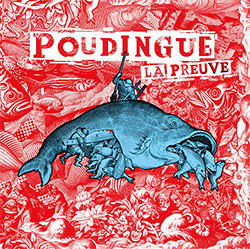
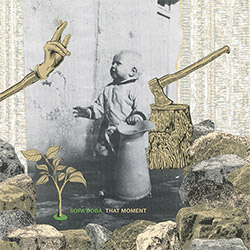
![Electric Bird Noise / Derek Roddy: 8-10-22 [CD EP]](https://www.teuthida.com/productImages/misc4/35970.jpg)
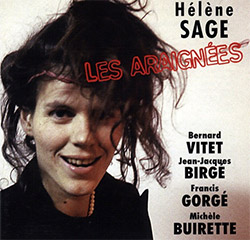


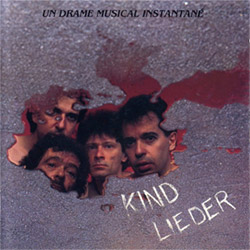
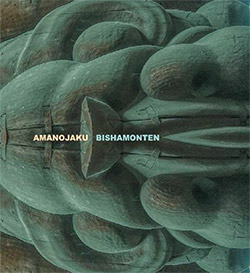
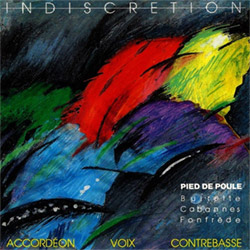
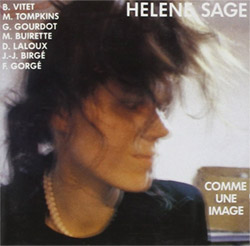
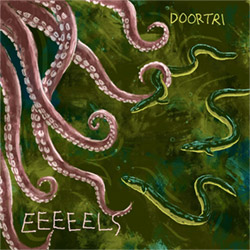
![Elephant9 : Mythical River [VINYL]](https://www.teuthida.com/productImages/misc4/34624.jpg)
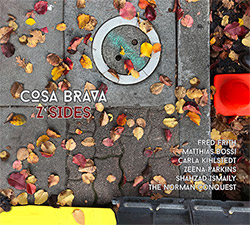
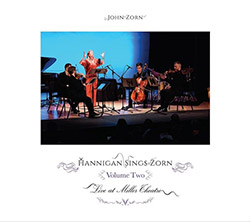
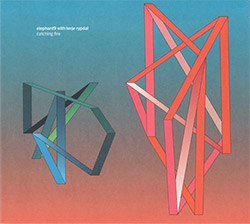
![Elephant9 with Terje Rypdal: Catching Fire [VINYL 2 LPs]](https://www.teuthida.com/productImages/misc4/35355.jpg)
![Deerlady (Obomsawin, Mali / Magdalena Abrego): Greatest Hits [VINYL]](https://www.teuthida.com/productImages/misc4/34876.jpg)
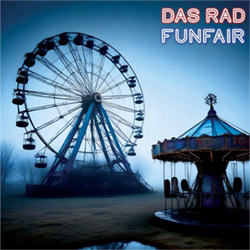
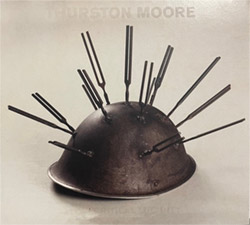
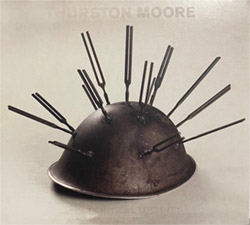

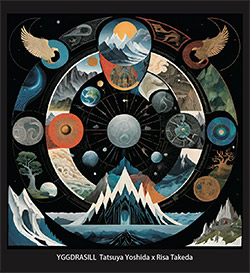
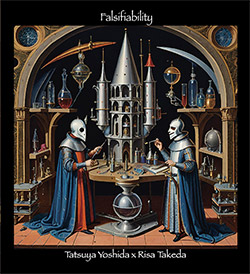
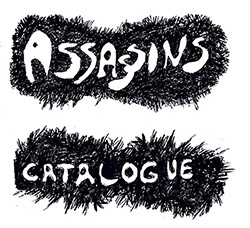
![Surplus 1980: Illusion of Consistency [CD]](https://www.teuthida.com/productImages/misc4/35069.jpg)
![Staiano, Moe: Away Towards the Light [VINYL + DOWNLOAD]](https://www.teuthida.com/productImages/misc4/35037.jpg)
![Coley, Byron: Dating Tips for Touring Bands [VINYL]](https://www.teuthida.com/productImages/misc4/17906.jpg)
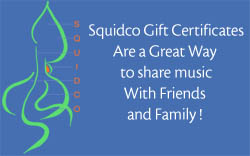
![Lost Kisses: My Life is Sad & Funny [DVD]](https://www.teuthida.com/productImages/misc4/lostKissesDVD.jpg)